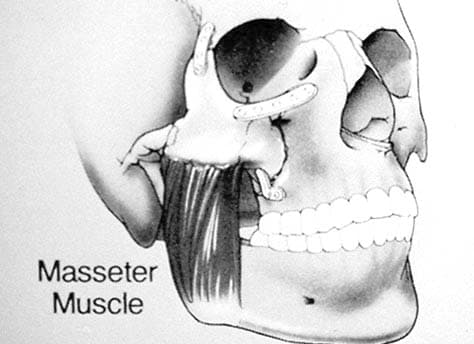Introduction
The zygomaticomaxillary complex (ZMC) is a functional and aesthetic unit of the facial skeleton. This complex serves as a bony barrier, separating the orbital constituents from the maxillary sinus and temporal fossa.
The zygoma has 4 bony attachments to the skull, and ZMC fractures are sometimes known as tetrapod fractures. Trauma to the ZMC can result in multiple fractures (ie, tetrapod), but solitary bony disruption may occur, as with isolated zygomatic arch fracture. This article focuses on the zygomatic arch fracture. For information on zygomatic complex fractures, see eMedicine article Facial Trauma, Zygomatic Complex Fractures.
History of the Procedure
In 1751, Dupuytren detailed an intraoral and external technique to reduce a medial displaced zygomatic arch. Also described was an approach to the zygomatic arch by way of a plane between the temporalis muscle and deep temporalis fascia.
In 1844, Stroymeyer described the percutaneous traction technique that is still used for repair of zygomatic arch fractures.
In 1927, Gillies was first to mask incisions within the temporal hairline.
Frequency
The zygoma is the second most commonly fractured facial bone, eclipsed in number only by nasal fractures. The vast majority of zygomatic fractures occur in men in their third decade of life.
In 1994, Covington et al reviewed 259 patients with zygoma fractures and found that ZMC fractures occurred in 78.8% of patients, isolated orbital rim fractures occurred in 10.8% of patients, and isolated arch fractures occurred in 10.4% of patients.1 Of the isolated arch fractures, 59.3% were displaced or comminuted.
Etiology
Zygoma fractures usually result from high-impact trauma. Leading causes of fractures include assault, motor vehicle or motorcycle accidents, sports injuries, and falls.
Presentation
Arch fractures may result in trismus, flattening of the midface, asymmetry of the malar regions, or a reduction in oral aperture.
Indications
Surgical exploration and fracture repair are indicated with a displaced or comminuted fracture, trismus, or significant aesthetic deformity.
Although rarely indicated, emergent surgical repair and decompression are necessary when exophthalmos or signs and symptoms of an orbital apex syndrome are present.
Relevant Anatomy
The zygomatic arch is a principal constituent of the midfacial skeleton, bound by the zygomaticotemporal suture line posteriorly and the malar eminence anteriorly.2,3
The arch, in essence, is a rim of bony armor surrounding the temporalis muscle and the coronoid process of the mandible and is the origin of the masseter muscle.
The zygomatic arch is part of the facial subunit known as the zygomaticomaxillary complex (ZMC). The ZMC has 4 bony fusion sites with the skull.
Anatomic depiction of the masseter muscle as it relates to the zygomaticomaxillary complex and mandible.
Contraindications
Surgical correction is contraindicated in patients who are medically unstable or unable to tolerate anesthesia.



DOWNLOAD $12,234 within 2 months GAMBLING Software?
Trả lờiXóaLet me tell it right.
I dont care about sports. Never cared less.
I tried EVERYTHING from stocks & forex to internet systems and affiliate products.. I even made some money but then blew it all away when the stock market went south.
I think I finally found it. Download TODAY!!